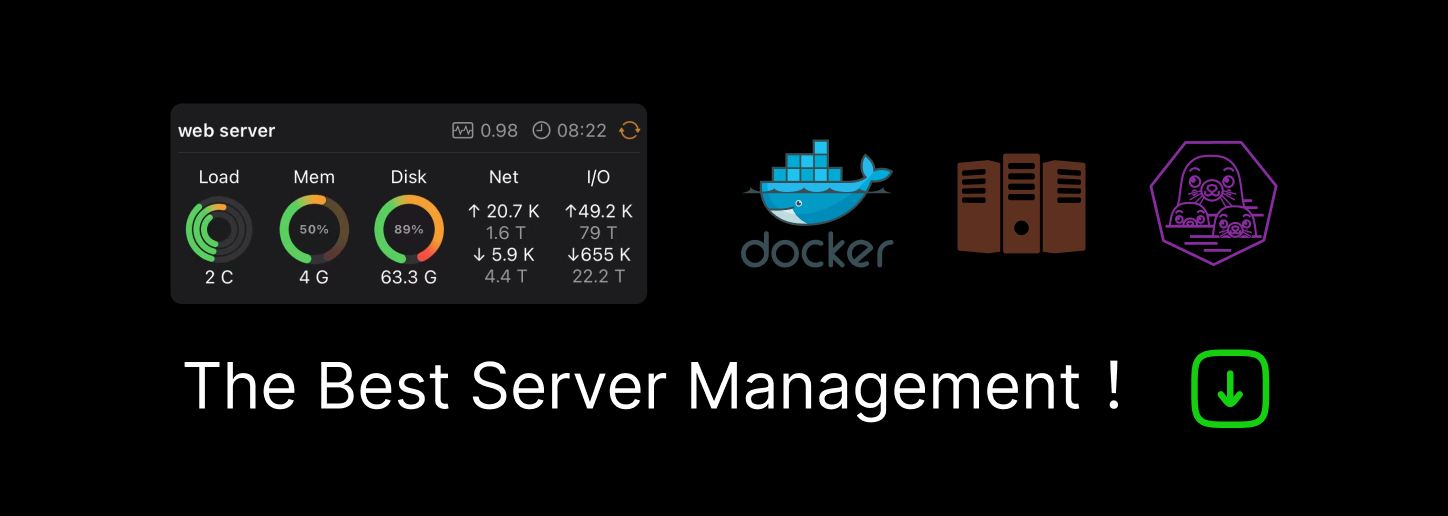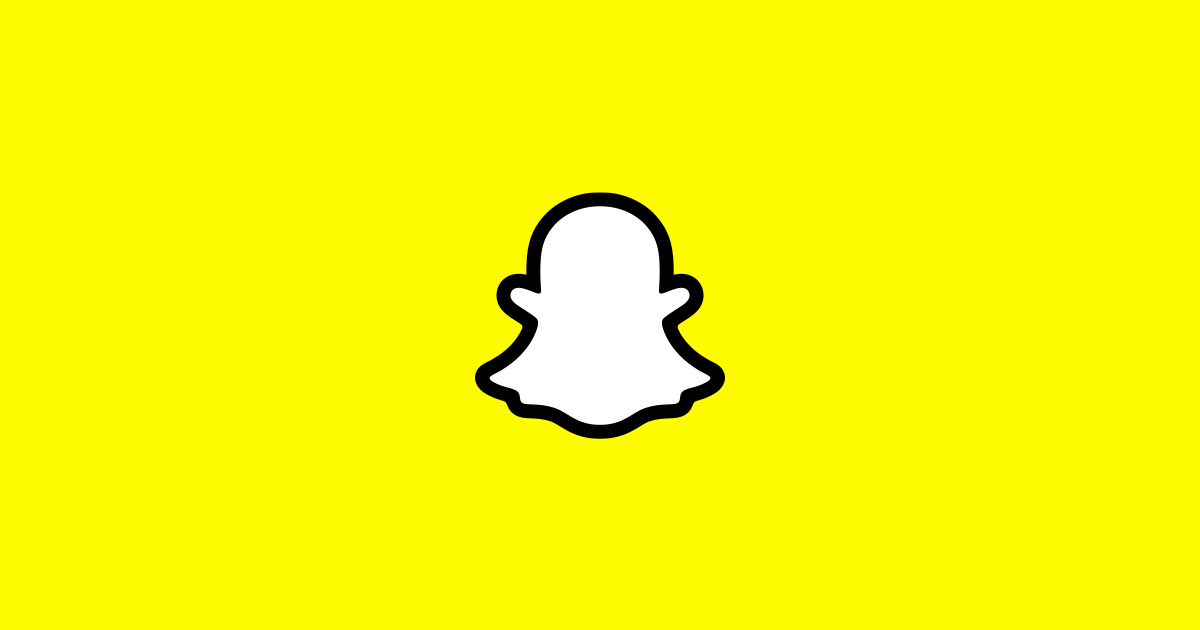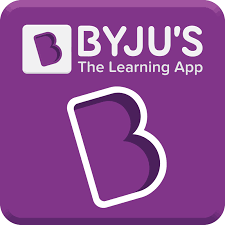

5 Best Practices for Mobile Apps with Gamification Elements
source link: https://design4users.com/mobile-apps-gamification/
Go to the source link to view the article. You can view the picture content, updated content and better typesetting reading experience. If the link is broken, please click the button below to view the snapshot at that time.

Gamification is the key to more user acquisitions for your app. Gamification simply means to apply the fun features of games and design elements to your non-gaming app. In this article, let’s check some reasons and design practices of integrating gamification into mobile applications.

Why gamify your app?
It’s generally believed that games are dopamine releasers. The chemical gets released when you are happy or excited. When you gamify a non-gaming app, you are helping your users to compete and beat others; thereby, giving users a kind of kick that prompts them to use the app over and over again. So, if you introduce this experience to any of your app, be assured, you’ll make your app more enjoyable for the users.
The best part is that you don’t have to overhaul your web or app. If your app is already doing good, gamification simply takes it a step further, be it in terms of increasing user engagement through fun activities, interaction, loyalty, and things like that. Long story short, gamification elements propel app sales.
Key facts about app gamification
You don’t have to have a gaming app to introduce gaming elements to your app. Quite the contrary, the norm is to add gaming elements to non-gaming apps such as fitness app or an education app.
Other key facts about gamification according to Gigya:
- Gamification bumps up user engagement by nearly one third
- Online comments increase by 13%
- Social media sharing by 22%
- Content discovery by 68%.1
Examples of top non-game app examples leveraging gamification
Fitocracy – Gamification for fitness
Fitocracy is one of the top fitness apps for men. It’s an all-in-one app for getting in shape. The app not only gives you access to a personal coach but also helps assess your health by setting up a personalized nutrition plan. Not to mention, it offers custom workouts to meet your fitness goals. We get to see the gamification aspect of the app when Fitocracy makes you compete against others, prompt you to undertake different fitness tasks, awards badges, and so on.

Snapchat – Gamification for messaging
Snapchat’s popularity is based on two of its gamification features. First, it is the disappearing feature, wherein the stories, be it in the form of videos, photos, and messages, disappear immediately after the recipient views it. This ensures users’ privacy.
Second, the more you use the app, the higher the score you earn, and the more the trophies you get awarded. Sure enough, high score and prizes won’t yield any real benefits, only that you get to boast about your score among friends and fellow users. But then, no matter what, it keeps users busy and motivates them to come back to the app over and over again.

Byju’s – Gamification for education
This education app leverages cognitive learning techniques to keep the students engaged. With Byju’s educational app, students learn to master subjects through videos, practice tests, and so on. The app’s gamification allows students to play games, earn points, and also compete against participants through quizzes and competitions.
Competition propels students to work hard for better results. Tests and quizzes allow users to measure their performance as to whether they have clearly understood the concepts or not. This kind of gamification results in a win-win situation for the app and its users, and the data could be leveraged by the app development team to design more effective modules.

5 best strategies to gamify your app
1. Identify your business objectives
As you already know, all apps are not alike. Meaning, you cannot simply apply a one-size-fits-all gaming strategy to your apps because the strategies that may work for one app may not work for the other. So, your primary goal is to have a crystal-clear idea about your business objectives, which, in turn, will help you plan your app gamification elements.
2. Know your target audience inside-out
You need to have a complete idea of your target audience in terms of their age group, interests, and so on before framing your gaming strategy. Plus, you need to analyze their behavior regularly. Check out with Tubik Studio, the team with big experience that will help you to identify your target audience.
3. Strike a right chord with a striking story
Some games hijack your attention from the first scene itself, and some don’t. Why? Simple, it’s the thoughtful story and script that makes the difference. A narrative element is required for every game. One sure-fire to make your story connect is to involve users in the story and keep them on the edge of their seats.
4. Set-up them up with rewards
As it turns out, people undertake tasks only when they are pretty sure that their efforts will be recognized or rewarded, or maybe it offers them a sense of achievement. An in-app gaming experience offers all these perks to the app users. You can motivate users with rewards, virtual goods, leaderboards, badges, and also progress displays.
Simple game apps set up with rewards propel user engagement. For example, a travel app that offers a badge to users for using it a couple of times or a fitness tracker app that provides recognition for beating a friend’s exercise stats. Both these apps use gaming elements that prompt users to use the app over and over again.
One can even try limited-time offers, discounts, and more. Such rewards propel user engagement as well as drive business revenue.
But then, no matter what, balance out task complexity and user involvement. If the task is too complicated, users might get frustrated and leave the app. And if the gamification process is too simple, people may get bored. So, make sure that you balance out, and people get to learn something new through the gamification process.
5. Tap into the social component
Social components, such as in-game chat and community, could complement your app. In some cases, you could include competitions to your mobile app, as in which users played more games or ran the most in a week.
Plus, you could add platforms like Facebook, Twitter, and more into your game. This helps users share achievements easily, which, in turn, adds to their feel-good factor.
Wrapping Up
When it comes to keeping users hooked to your apps, gamification should be your go-to strategy. The biggest plus is that you do not have to spend tons to set-up these strategies in your app. In-app quests, colorful badges, simple competitions, and more are good enough to keep the user interest alive and keep them coming back for more.
Author Bio: this is the guest article by Jennifer Warren, a content crafter with GoodFirms, a research and review platform for mobile app development, software development, game development companies, among many others.
Recommend
About Joyk
Aggregate valuable and interesting links.
Joyk means Joy of geeK